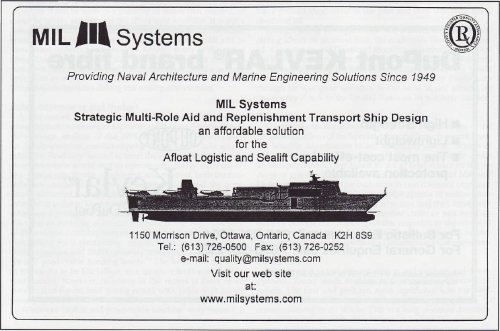- Joined
- 9 October 2009
- Messages
- 19,748
- Reaction score
- 10,200
I'm doing some research on the above's company 1993 unsolicited bid to the Canadian government to build two 'strategic multi-role aid and replenishment transport ships'. Does anyone have any material to hand on that particular project? Here's what I've gotten at the moment; apparently they were intended to be approx. 18,800 tonnes (unloaded?), and were intended to supplement and then eventually help replace the three Provider/Protecteur Class multi-product replenishment ships then in service. Core crew of 81, together with a transport capacity of around 600 troops along with associated transport vehicles. A large sickbay/hospital ward was included in the design. The design incorporated a helicopter deck and a hanger that could hold a detachment of up to four (Medium-Lift) helicopters. Of course, it could also function in the auxiliary oiler replenishment role. Planned cost was in the region of $300 million (Canadian Dollars). Planned in-service date of 1996.
Thanks.
Edit: Apparently another (currently very topical) element of the design was that it could used in the 'containment and collection of oil spills'.
Thanks.
Edit: Apparently another (currently very topical) element of the design was that it could used in the 'containment and collection of oil spills'.

